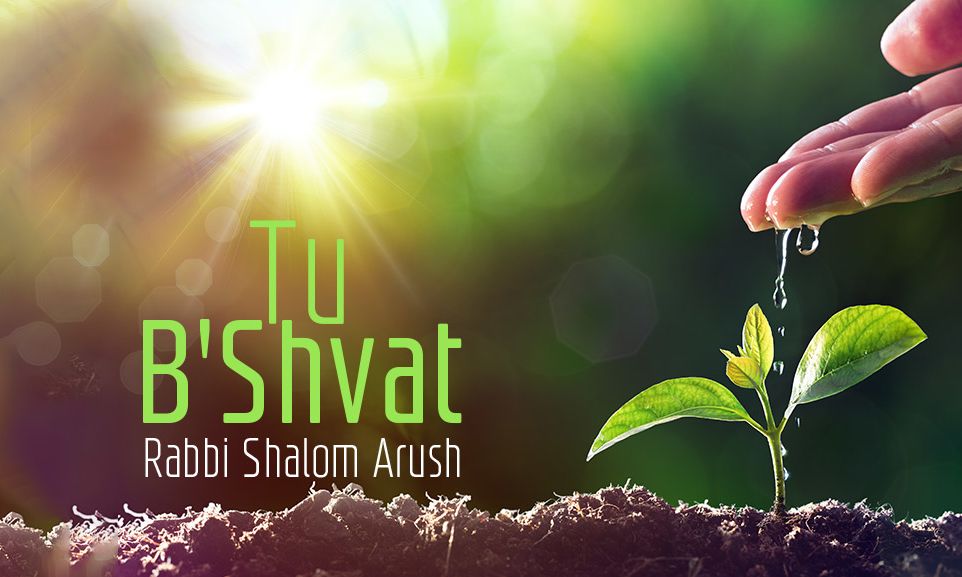
Tu B’Shvat
A man is like a tree, and the most important thing is - water! Also find out why do we need to judge the trees at all?

Every Rosh Hashanah has its own aspect. Tu B’Shvat is the New Year for the trees, and judging the trees. A tree makes mistakes that it needs to be judged? Every tree is a human being. People own the trees, so depending on the merit of the people, it depends on whether or not the trees will produce a lot of produce for the people who own them. Therefore, we pray on Tu B’Shvat that the trees should produce good fruit. Everything depends on the people and their merit. So we ask for Hashem to bless all the trees that they should grow a lot of fruit.
Like the tree that is written about in the Gemara, that is written on it, “Tree, tree! How am I going to bless you? Your fruit is sweet, your shade is wonderful, and water runs close to your roots…”
There is a segula to hang the names of people who are looking for their soulmate on the branches of fruit trees. Hashem blesses the trees, so Hashem also blesses the people whose names are hung on that tree. Really, it is a segula for everything, healing, etc. – not only for shidduchim.
A man is a tree of the field. We want to be wonderful trees with sweet fruit. We also want our children to be like wonderful, sweet fruit that falls from the tree. Just like a tree needs to be watered, so too, a man needs to be watered. What is water? The Torah, and prayer. The main thing is the water!
The Tu B’Shvat Seder
There is a custom to pray for the coming year’s etrog crop, as well as your personal etrog to use on Sukkot as part of the four species. Breslev custom is to pray for the etrog from Likutei Tefillot by Rabbi Natan of Breslev – the sections of prayers 33 and 57 that deal with the etrog.
Many, including the posek and dayan of Chut shel Chessed, Rabbi Elchanan Elgrod shlita, also have the custom to recite the special prayer of the Ben Ish Chai for Tu B’Shevat.
This is aside from the Tu B’Shevat Seder itself, of which there are a number of customs.
The Ashkenazi custom is to eat 15 specific fruits (the custom of Rabbi Elgrod): wheat bread (this begins the seder with washing for bread), wine or grape juice, olives, dates, figs*, pomegranate, etrog, apple, walnuts, carob, pear, cherries, almonds, peaches, and peanuts.
Some recite the 15 “Shir HaMaalot” chapters of Psalms – 120 – 134.
There is also the Kabbalistic custom of the Seder as outlined in the Pri Etz Hadar. Three plates are arranged:
- The first plate for fruits which you can eat the entire fruit such as berries, apple, pear, kiwi, guava, papaya, grapes, persimmon, etc.
- The second plate is for fruits with a large, inedible pit inside, such as avocado, peaches, plums, apricots, cherries, mango, etc.
- The third plate is for fruits with an inedible peel, such as citrus fruit, bananas, pineapple, nuts, etc. Each plate must have at least 4 types of fruit, and no more than 10 types of fruit (12 – 30 types of fruit on the table in total).
There is also a custom to have a new fruit on Tu B’Shvat which has not been eaten yet that season, in order to recite the “Shehecheyanu” prayer on it.
Others are careful to eat of the “Seven Species” for which Eretz Yisrael is specifically praised: wheat, barley, figs*, dates, grapes, olives and pomegranates.
*Unfortunately, in our days all figs are infested with worms and finding all of them is virtually impossible. Therefore, it is not recommended to eat figs. You can have a container of figs on the table to look at, which is perfectly acceptable. The posek Dayan Rabbi Elgrod shlita carefully cuts out a tiny section of skin with a sharp knife, soaks it in soap for 3 minutes, then rinses and checks it carefully against the light. It is easy to check since there is no fruit whatsoever included, and it is see-through. This he brings to the table and eats a tiny piece of, in order to eat fig on Tu B’shevat.
Check out our new video on Tu B’Shvat!



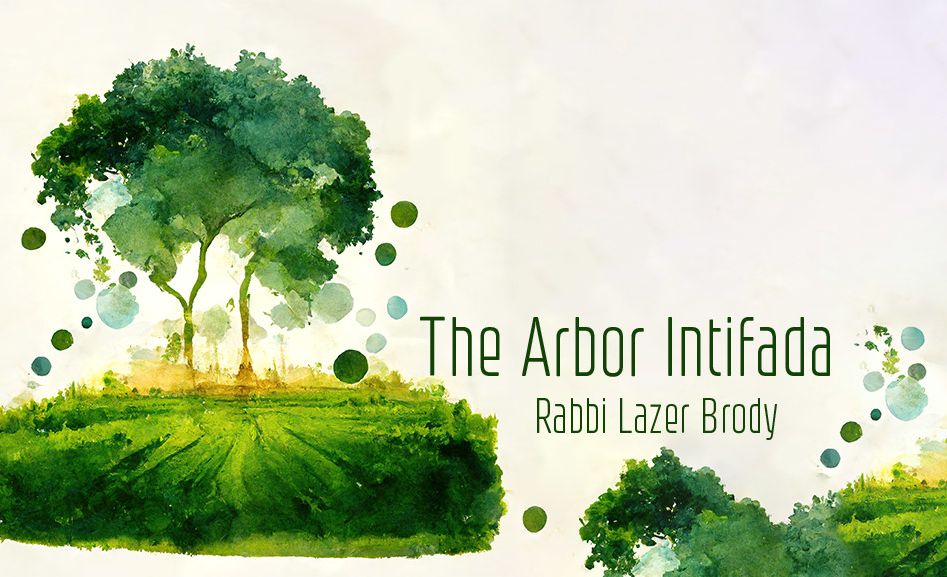
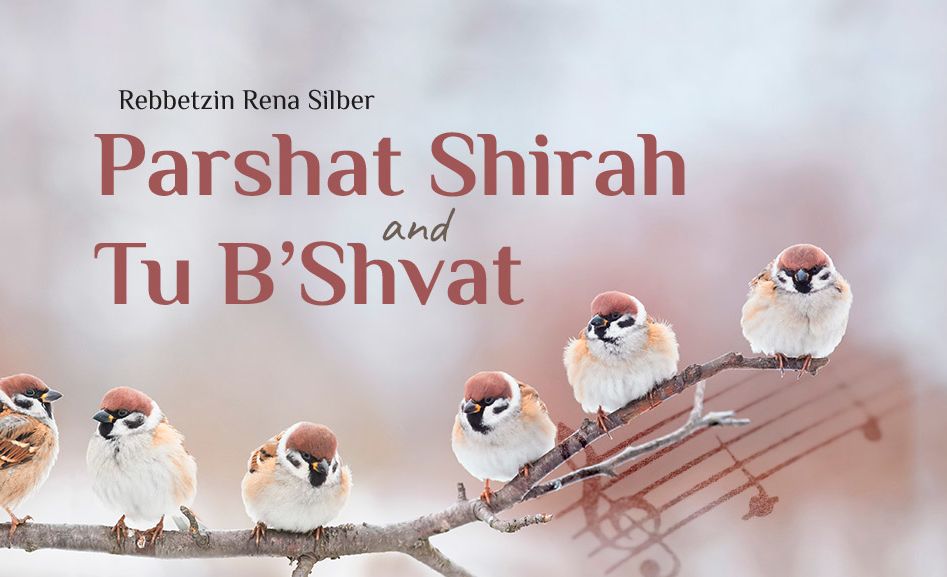

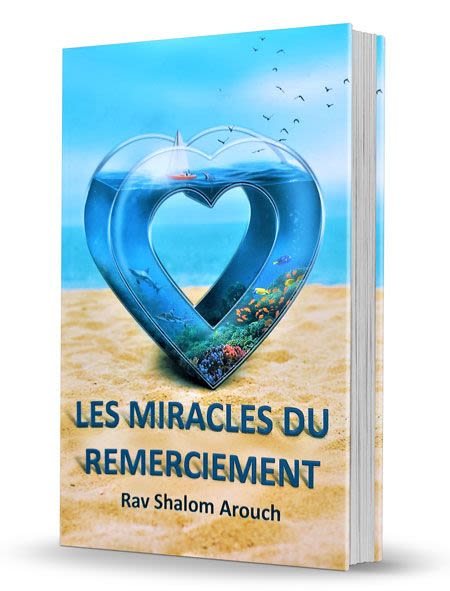
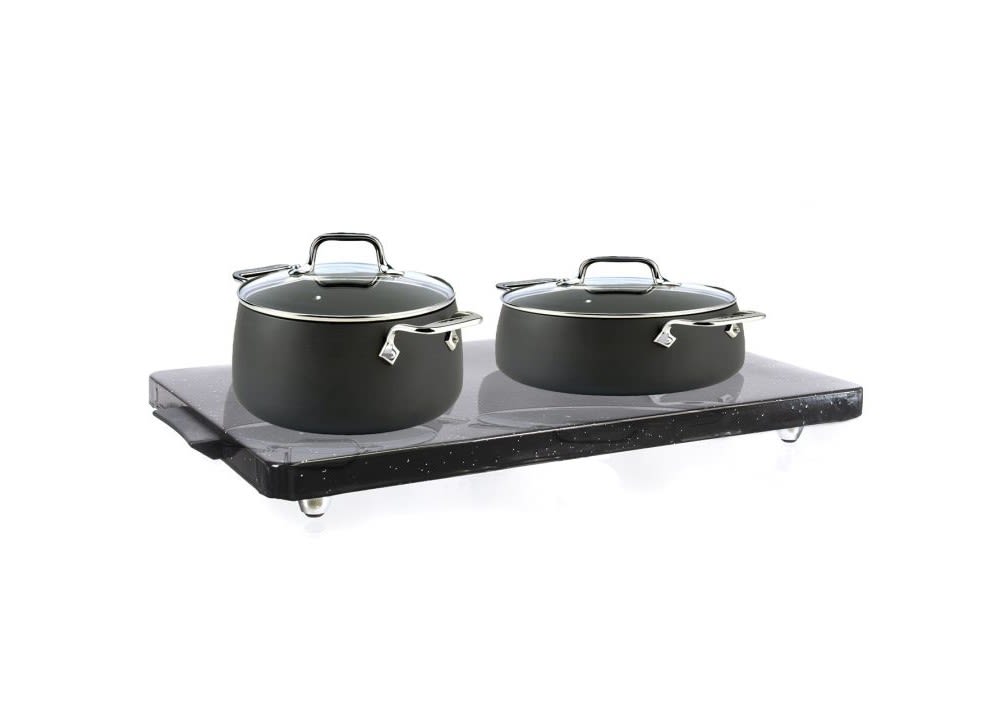


Tell us what you think!
Thank you for your comment!
It will be published after approval by the Editor.